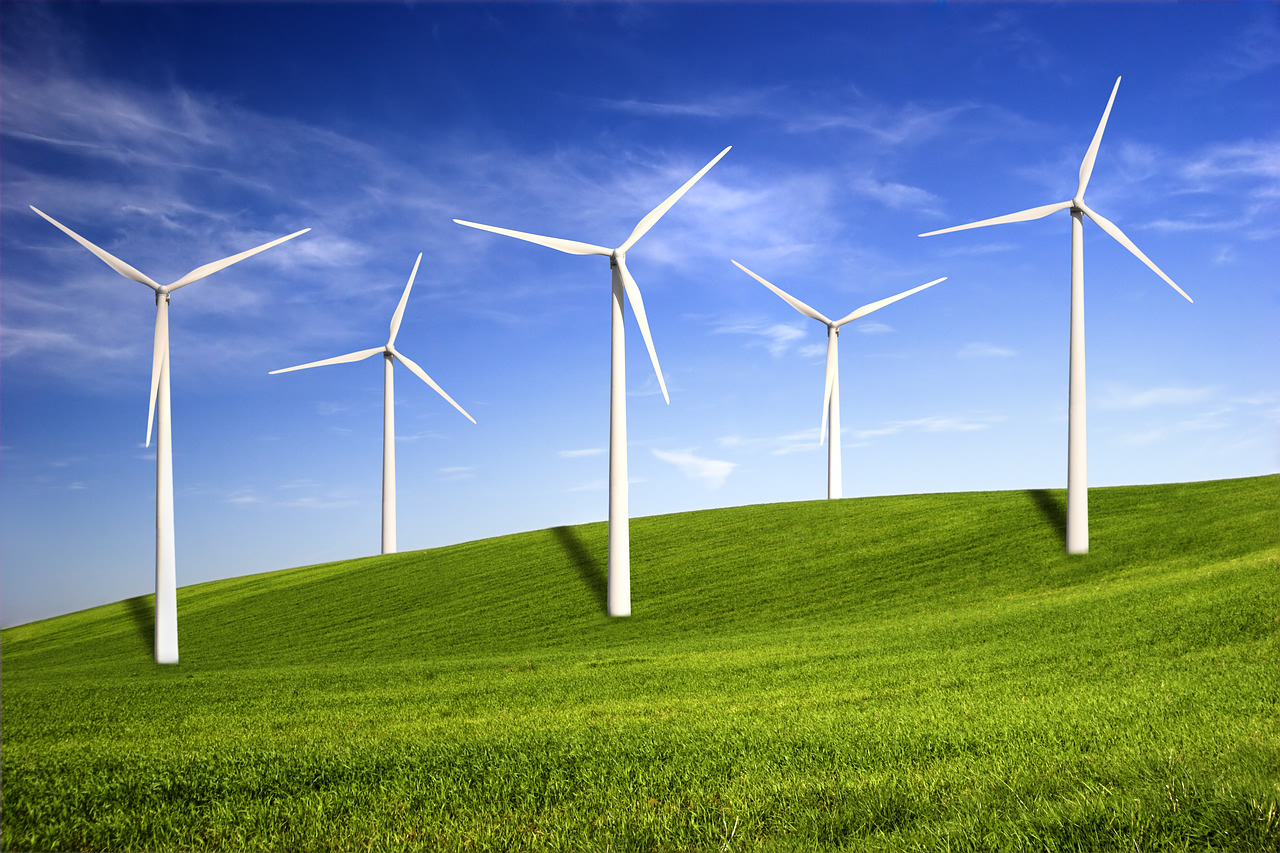Exclusive Q&A With Upendra Joshi on Energy & Natural Resources
Posted: 16th January 2015 12:24
1. Have there been any recent regulatory changes or interesting developments?The Indian Government is taking steps to address the issues relating to allocation of coal blocks and to this end has issued an ordinance and allied rules. These seek to bring about transparency and accountability in coal mines allocation, and resultantly alleviate supply issues faced by the iron and steel industry and power generation facilities to name a few. The Government has also issued another ordinance for amending legislation relating to other minerals. The focus of this ordinance is to infuse predictability and a business-friendly approach in a mines regime which admittedly had cumbersome procedures and fostered delays. The Government has also recently deregulated diesel prices; this effectively does away with the cost subsidisation of this important fuel by the national oil companies. All these steps are expected to assist in getting India back on the growth trajectory.
2. Can you talk us through the current energy and natural resources landscape in your jurisdiction?
The energy and natural resources landscape currently in the country can best be described as gearing up for movement to the next level where investments in this sector seem poised to increase as investors start getting more confident about the Government’s intention and approach. The Government appears keen on taking a holistic well-considered approach to resolve the various bottlenecks associated with these sectors; it is therefore seeking to revamp the various aspects of doing business generally and in these sectors particularly, from business-driven bidding guidelines through to making investor exits easy.
3. What markets currently provide the best opportunities?
India’s energy intensity i.e. the energy input associated with a unit of GDP has been declining, implying that the growth in energy used is less than the growth of GDP and which in turn underscores the opportunity. According to an E&Y report, the country’s primary energy consumption grew at a CAGR of 6% to 563.5 Mtoe in 2012 from 420.1 Mtoe in 2007. According to a report by the International Energy Agency, India’s energy demands will go up to 1,464 Mtoe representing a rise to 8.5% in 2035 from 5.5% in 2009. According to IEA estimates, it is expected that the largest demand growth would come from coal, almost tripling from 280 Mtoe in 2009 to 618 Mtoe in 2035. While demand for oil is expected to grow from 159 Mtoe to 356 Mtoe, for natural gas it is expected to increase from 49 Mtoe in 2009 to 154 Mtoe in 2035. Similarly, demand from nuclear energy would reach 48 Mtoe in 2035 from 5 Mtoe in 2009 while demand for renewable energy should grow from 2 Mtoe in 2009 to 36 Mtoe. On the back of these estimates, it could safely be assumed that India continues to be an important market with exciting opportunities. This, coupled with the Government’s business-friendly approach will go a long way in making India a favoured business destination for energy and natural resources.
4. What challenges is the sector currently facing?
The need for clean energy is being particularly felt. However, the dependence on coal does not appear to decrease. According to the E&Y report, the share of natural gas in the energy mix was 8.7% in 2012, which is substantially lower than the global average. Further, the dependence on imports to meet domestic energy demands appears to be a major challenge. Apart from this the power sector has been facing a number of challenges from availability of coal to environmental concerns. One of the biggest challenges for the sector therefore is seeking energy independence without losing sight of climate and environmental considerations.
5. Are there any renewable or alternative energy sources which can emulate the success of the shale gas boom?
According to estimates published in November 2014 by a division of the Ministry of New and Renewable Energy, the total solar power potential of the country is a staggering 748 GW. Even applying a healthy discounting factor, the potential of this sector cannot be ignored. While efforts to harness this energy source have begun already in the form of the Jawaharlal Nehru National Solar Mission, this is still far from realising the potential. As of November 2014, the total installed solar capacity in the country was about 3 GW. The Government has revised the earlier targeted installed solar capacity of 22 GW by 2022 to 100 GW by 2019. Similarly the Government is proposing to double the installed wind power capacity to 40 GW by 2019. With India’s renewable energy sector potential and the roadmap laid by the Government, India could well emulate the success of the shale gas boom.
6. How important is international collaboration in accelerating the development and global deployment of sustainable energy technologies?
The dependence on crude oil imports has been a major concern as a result of which the Government has been offering oil and gas blocks under the New Exploration and Licensing Policy regime. Although enthusiasm from international investors has been modest in this sector, the Government is now focusing on the renewable energy sector in order to attract foreign investments to the tune of USD 100 billion over the next 5 years. Apart from the financial investments as mentioned above it is important that Indian developers partner with capable foreign partners with expertise in the area and gain access to the technological advancements particularly in solar energy.




Comments